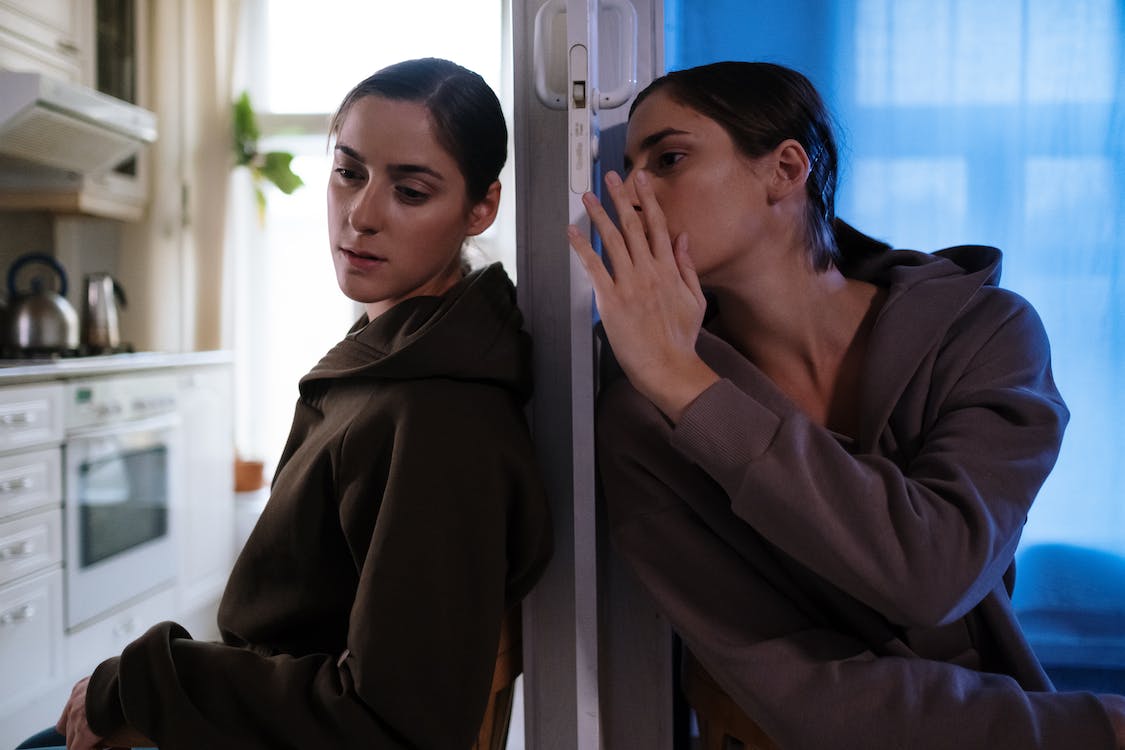
Wiping Out Suicide Stigma—Let’s Talk About It
TW – Trigger warning for content about suicide and suicidal ideation. Please considering moving onto a different blog if you may feel particularly distressed reading about these subjects. It’s important to practice self care and only read content on the internet that will benefit you.
Show Article
I am in the privileged position to talk with people about how they really feel at a deeper level on a regular basis. This means I find out what motivates people, what drives them to think the way they do and what, indeed, may draw them to suicide as an option.
On World Suicide Prevention Day, it may sounds strange to talk about suicide as an option but it’s only in talking about it in this way that we can truly be open and honest about people’s feelings.
Some people live with chronic suicidality, not necessarily wanting to die but on the edge of living. Read this post Living With Passive Suicidal Ideation to understand more.

In the UK 16 people die by suicide everyday. To the friends and family of these 16 people, they are not a statistic, they are a deeply missed loved one. If a single one of these could have been helped to live a happier, healthier, more fulfilling life then every single one of us needs to work harder to break the stigma.
The only way we’ll break the stigma is it we talk about it. 20 years ago we used to say “the big C”, barely able to utter the word—now cancer care is a priority for the NHS and early detection rates mean recovery and remission rates are improving year on year.
Suicide remains shrouded in shame, discrimination and disapproval due to misunderstanding.
Campaigns such as World Suicide Prevention Day work hard to ensure we stop using phrases such as “commit suicide”. Suicide hasn’t been a crime in the UK since 1961 therefore anyone who takes their life by suicide hasn’t committed anything. They have died by suicide, just as someone else may die of a stroke or a heart attack.
The first time I tried to take my life, I didn’t really know that’s what I was trying to do. I just wanted my pain to stop. The next time I tried, feeling misunderstood and very unwell, I was single minded in my action. I chose I violent method and it’s a miracle I’m alive to talk about it.
When people talk about “wanting it all to stop”, they may want to fall asleep and not wake up. They may not have active suicidal ideation but it’s important to talk about this feeling of wanting a break from life. Another person may talk about actively wanting to end their life but “not having the guts”. Some people may take more risks with their life or may seem to care less about looking after themselves. Having the motivation and the means puts someone at more risk of dying by suicide.
Living with chronic depression put me at high risk of repeated suicide attempts. I considered it a legitimate option if I couldn’t cope with the darkness that surrounded me every single day. I tried every coping mechanism to keep myself safe but when exhausted, I continued to consider suicide an option, so sadly, I tried to take my life again.

Some say suicide is selfish but it’s very common for the individual to genuinely believe other people would be better off without them. When going through a crisis period, it can be difficult to see things as they really are—this can be for a number of reason. At this time, it can be important to help the person to focus on protective factors.
Suicide isn’t about weakness or strength, it isn’t about cowardice or courage, it’s about an individuals unique story.
Another factor that’s important to talk about it whether we take someone seriously. There’s one answer here—always take someone seriously. It’s never ok to say “oh they always do that” or “they didn’t mean to do it”. Studies have shown that choice of method (i.e. level of lethality) bears little relationship to level of intent. That means someone could have a low level of intent but choose a highly lethal method, therefore only surviving if found by accident. Being ambivalent about dying doesn’t mean someone won’t try to end their life. The most important things we can do are listen, don’t judge and get help when needed.
The good news is, my story is a story of hope. When very unwell, suicide felt like an option that would solve my problems. Recovery was hard. I had to make an active decision to choose life. But there are many stories like mine.
This year the theme is “creating hope through action”. Read stories about hope on the National Suicide Prevention Alliance website. It would mean so much to me if your action this year would be to share my blog.
Please don’t suffer on your own, if you need help:
- Help Guide
- Samaritans – 116 123 (UK)
- Text SHOUT to 85258 (UK)
- National Suicide Prevention Hotline – (USA)
Hide Article




